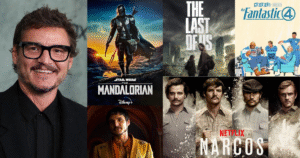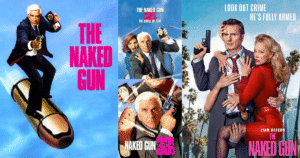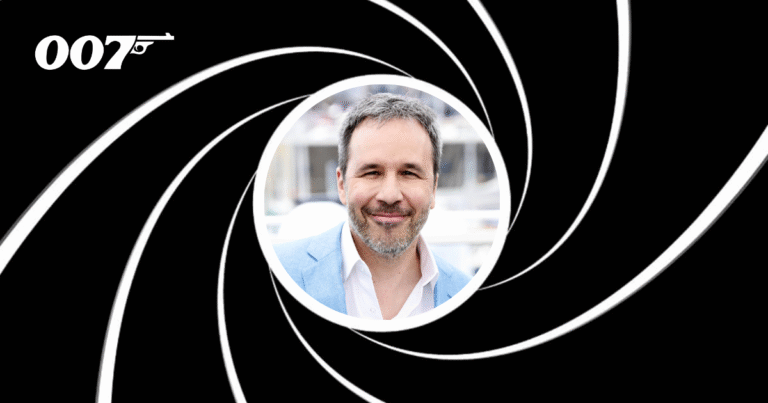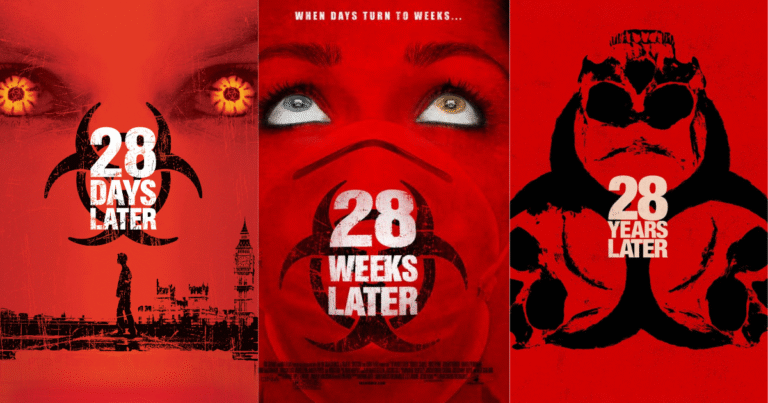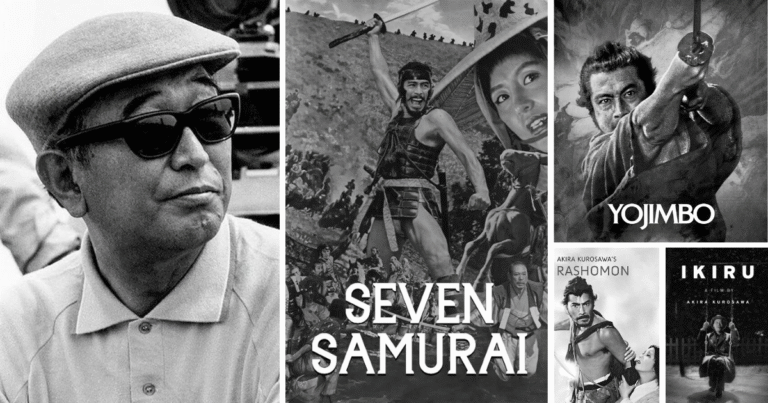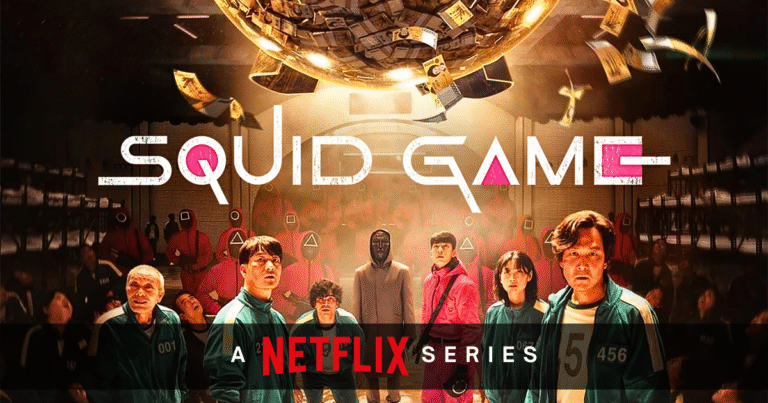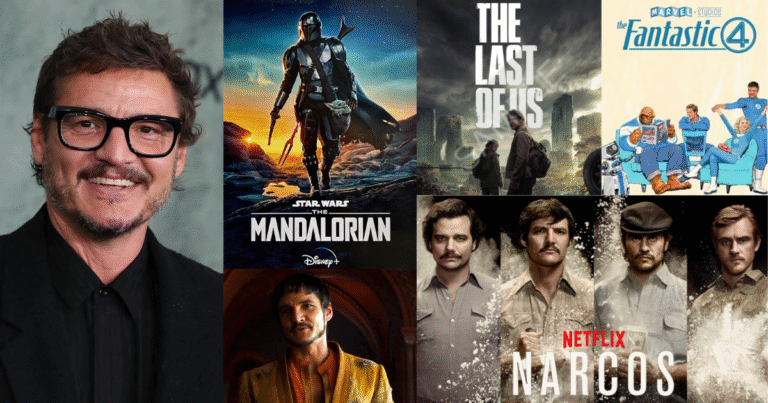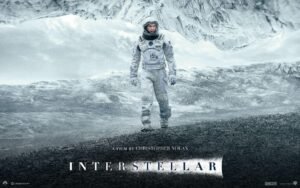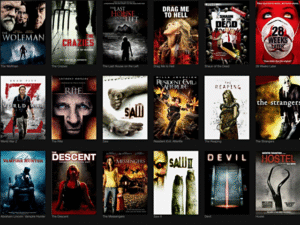When Frank Herbert published “Dune” in 1965, he created a universe so rich and complex that many believed it could never be properly adapted for the screen. Several filmmakers tried, with varying degrees of success, but it wasn’t until Denis Villeneuve took on the challenge that fans finally saw Herbert’s vision come to life in all its glory. Let’s dive into why Villeneuve and the world of Dune fit together so perfectly.
A Director Who Understands Science Fiction’s Soul
Denis Villeneuve isn’t just another director who happened to land a big sci-fi project. His journey to Arrakis began long before he was officially attached to the film. As a teenager, Villeneuve fell in love with Herbert’s novel, connecting deeply with its themes and imagining how he would bring this world to life if given the chance.
This passion shows in his previous work. Films like “Arrival” showed his ability to blend profound human stories with mind-bending sci-fi concepts. “Blade Runner 2049” proved he could take an established sci-fi universe and expand it with respect and vision. Both demonstrated his remarkable visual style and patience for storytelling – qualities that would become essential for tackling Dune.
“Science fiction that matters has to say something about our world,” Villeneuve often mentions in interviews. This philosophy aligns perfectly with Herbert’s novel, which uses its futuristic setting to explore timeless issues like environmental exploitation, political manipulation, colonialism, and religious fanaticism.
The Courage to Take Time
One of the biggest challenges in adapting Dune has always been its sheer scope. David Lynch’s 1984 version struggled to compress the entire novel into a single film, resulting in a rushed experience that confused many viewers.
Villeneuve took a bold approach by convincing studios to let him split the first book into two full-length features. This decision wasn’t just about runtime – it was about giving the story room to breathe. The slow, methodical world-building in “Dune: Part One” allowed audiences to truly understand the complex politics, unique environments, and diverse cultures that make up Herbert’s universe.
“I would not agree to make this adaptation of the book with one single movie,” Villeneuve stated firmly when the project was announced. This commitment to doing justice to the source material, even if it meant a riskier production strategy, shows why he was the perfect choice for this adaptation.
Creating a Visual Language for Arrakis
Herbert’s novel is filled with descriptions of vast deserts, massive structures, and otherworldly technology. Bringing these elements to life required not just technical skill but a distinctive artistic vision.
Villeneuve collaborated with production designer Patrice Vermette to create a visual style that feels both ancient and futuristic. The structures on Arrakis and Caladan have a monumental, almost brutalist quality that suggests civilizations built to last millennia. The ships and technology feel functional rather than flashy, reflecting Herbert’s practical approach to science fiction.
Perhaps most impressively, Villeneuve and his team created the most convincing sandworms ever put on screen. These massive creatures, central to both the plot and mythology of Dune, move with weight and purpose. They’re not just monsters – they’re almost deities, commanding respect and fear in equal measure.
Cinematographer Greig Fraser’s camera work complements this design philosophy perfectly. Wide, patient shots emphasize the immensity of the desert landscape. The use of natural light creates a sense of reality that many sci-fi films lack. Every frame feels deliberately composed, often resembling Renaissance paintings in their balance and depth.
Sound as a Storytelling Element
If visuals form the body of Villeneuve’s Dune, sound creates its soul. Working with sound designer Theo Green and composer Hans Zimmer, Villeneuve developed an audio experience unlike anything else in modern cinema.
Zimmer rejected traditional orchestral approaches, instead creating instruments specifically for this film. The score incorporates processed human voices, rock instruments, and synthesizers to produce something that feels both primal and futuristic. The distinctive “throat singing” motifs that accompany scenes on Arrakis immediately transport viewers to another world.
But it’s not just the music – the entire sound design serves the storytelling. The voice of the Bene Gesserit using “the Voice” vibrates with unsettling power. The distant rumbling of approaching sandworms creates genuine tension. Even the sound of sand shifting underfoot contributes to the immersive experience.
Characters First, Spectacle Second
Despite all its visual wonders, what truly sets Villeneuve’s Dune apart is how it centers human stories within its epic framework. The film takes time to develop Paul Atreides (Timothée Chalamet) as more than just a chosen one figure, showing his fears, doubts, and reluctance to embrace his destiny.
Lady Jessica (Rebecca Ferguson) receives particular depth, with her divided loyalties between the Bene Gesserit sisterhood and her family explored in moving detail. Even secondary characters like Duncan Idaho (Jason Momoa) and Gurney Halleck (Josh Brolin) emerge as fully realized individuals rather than mere plot devices.
Villeneuve understands that for all its grandeur, Dune is ultimately about people struggling with power, faith, and their place in history. By anchoring the film in these human elements, he ensures viewers remain emotionally invested despite the sometimes overwhelming scale.
Respecting the Source While Finding New Depths
What makes Villeneuve’s approach to Dune truly special is his balance between faithfulness and reinvention. The film honors Herbert’s core narrative and themes while finding fresh ways to present them visually.
For example, his expansion of Dr. Liet Kynes’ role (played by Sharon Duncan-Brewster) maintained the character’s essential purpose while adding new dimensions. His portrayal of the Fremen culture avoided orientalist clichés while still capturing their mysterious power.
“My deepest fear was to disappoint the Dune fans,” Villeneuve has said. This reverence for the source material, combined with his confidence as a visual storyteller, created a film that satisfied longtime readers while welcoming newcomers to this complex universe.
A Vision Continuing to Unfold
With “Dune: Part Two” expanding the saga further and a prequel series (“Dune: Prophecy”) in development, Villeneuve’s vision continues to shape how we see Herbert’s universe. His success has proven that patience, artistic integrity, and deep respect for source material can triumph even with the most challenging adaptations.
In a Hollywood landscape often dominated by formulaic blockbusters, Denis Villeneuve’s approach to Dune stands as a reminder that commercial cinema can still be thoughtful, visually distinctive, and emotionally resonant. Just as Paul Atreides found his destiny on the sands of Arrakis, Villeneuve found the perfect canvas for his unique filmmaking talents.
The spice may flow, but under Villeneuve’s direction, so does artistry of the highest order.


